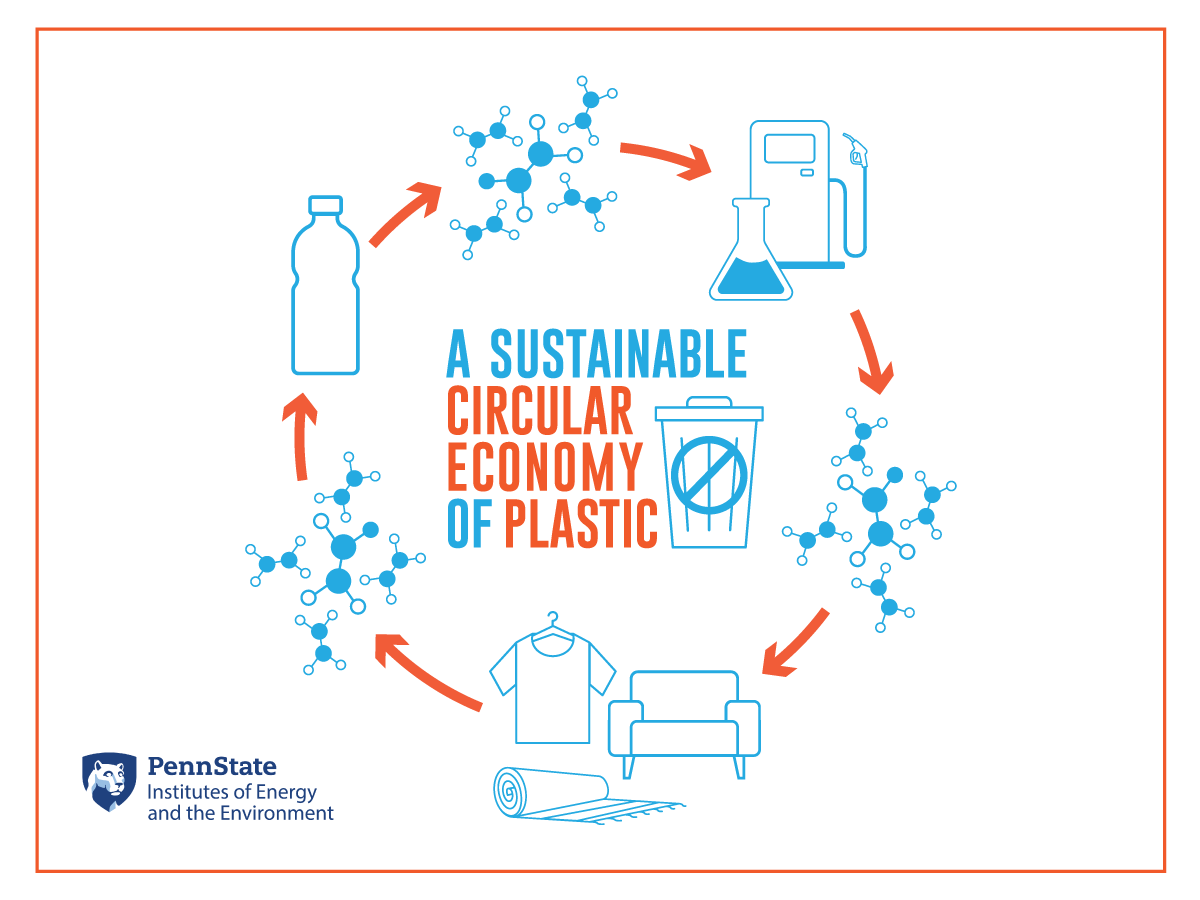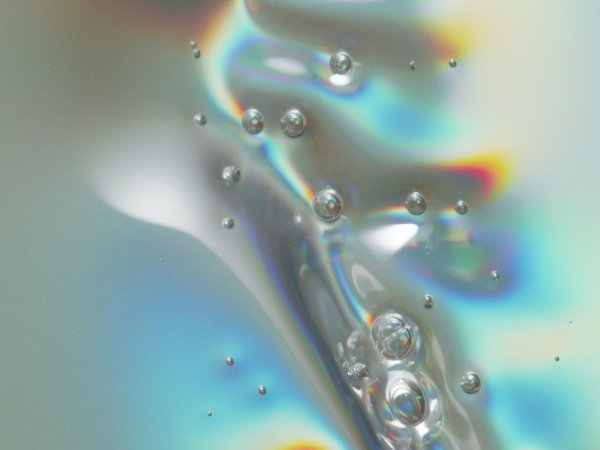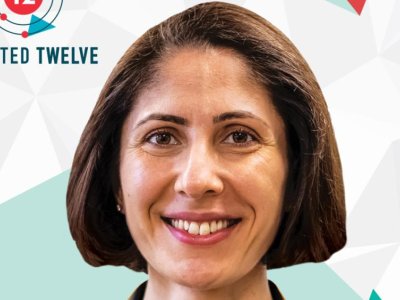Plastic is not the enemy. That statement may seem unpopular considering the news surrounding plastic pollution. According to the United Nations, approximately 7 billion of the 9.2 billion tons of plastic produced from 1950–2017 became plastic waste, ending up in landfills or dumped. Only about 9–15% of that plastic gets recycled. The vast majority—about 80%—ends up in landfills or the environment.
Moreover, the Great Pacific Garbage Patch, much of which is plastic, covers an estimated surface area of nearly 618,000 square miles. That is twice the size of Texas. According to the National Oceanic and Atmospheric Administration, plastic is the most prevalent type of marine debris found in the ocean and Great Lakes. Specifically, microplastics are found in nearly every body of water, potentially impacting the health of wildlife, such as birds and fish, as well as humans.
But remember, plastic is not the enemy. Our handling of plastics is.
Plastics do a lot of amazing things for us. In fact, anybody would be hard pressed to live a life without plastic. It makes up our homes, vehicles, tools, infrastructure, technology, and even our clothes. It is everywhere.
However, as The Alliance to End Plastic Waste said in 2021, the “same qualities that make [plastic] useful—alongside poor waste management—have created a global waste challenge.” How can we solve this problem with better plastic management?
An improvement in the circular economy is a step in the right direction. Plastics are made up of useful ingredients. When combined, they create strong, lightweight, durable products for a relatively low cost. What if we could reverse that process and return plastic back to its original monomer or produce something else such as fuels and chemicals?

It starts with design. From the beginning, scientists and developers must be thinking of the end. To do this, scientists on both sides of the process, manufacturing and recycling, need to have a clear understanding of how those plastics and other components are interacting with each other when we recycle or upcycle them. This includes products that have many different polymer types or even non-polymeric materials with different functionalities and hence different reactivities. These include products such as multilayer packages, carpets, and clothing.
If recyclers miss this important step of understanding reactions with high accuracy, they will not be able to optimize the processes accurately and hence make the recycling or upcycling process vulnerable to changes that can happen at the feedstock or process level. This could result in products with poor product yields and/or composition.
When plastic reaches the end of its life, we must have processes in place so all people can participate in keeping plastic from going into landfills or the environment. We must all be able to perpetuate the circular economy of plastic. This means waste handlers, communities, policymakers, companies and scientists should work together.
Plastic offers many benefits, such as delivering food safely to us and providing essential and sterile tools for medical care. Granted, we must all do our best to reduce, reuse, and recycle. But for the biggest impact, let’s develop a strong circular economy so we can have plastic in our lives but not in our waste.
Hilal Ezgi Toraman is an IEE-cofunded faculty member, a Virginia S. and Philip L. Walker Jr. Faculty Fellow, and an assistant professor of energy engineering and chemical engineering. Her research is in the field of chemical reaction engineering with a focus on developing new processes, materials, and technologies for efficient and sustainable use of energy resources such as shale gas, biomass, and plastic waste.





